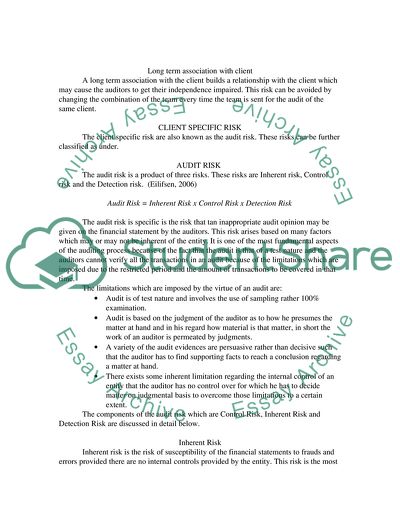Cite this document
(Planning the Audit of Dart Valley Railway PLC Report, n.d.)
Planning the Audit of Dart Valley Railway PLC Report. https://studentshare.org/finance-accounting/1739370-auditing
Planning the Audit of Dart Valley Railway PLC Report. https://studentshare.org/finance-accounting/1739370-auditing
(Planning the Audit of Dart Valley Railway PLC Report)
Planning the Audit of Dart Valley Railway PLC Report. https://studentshare.org/finance-accounting/1739370-auditing.
Planning the Audit of Dart Valley Railway PLC Report. https://studentshare.org/finance-accounting/1739370-auditing.
“Planning the Audit of Dart Valley Railway PLC Report”. https://studentshare.org/finance-accounting/1739370-auditing.


